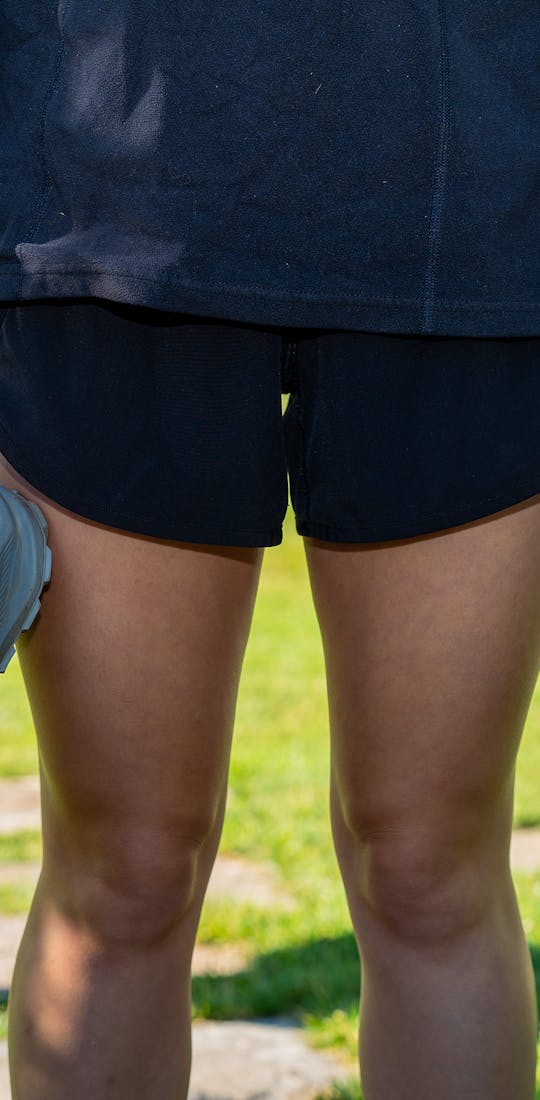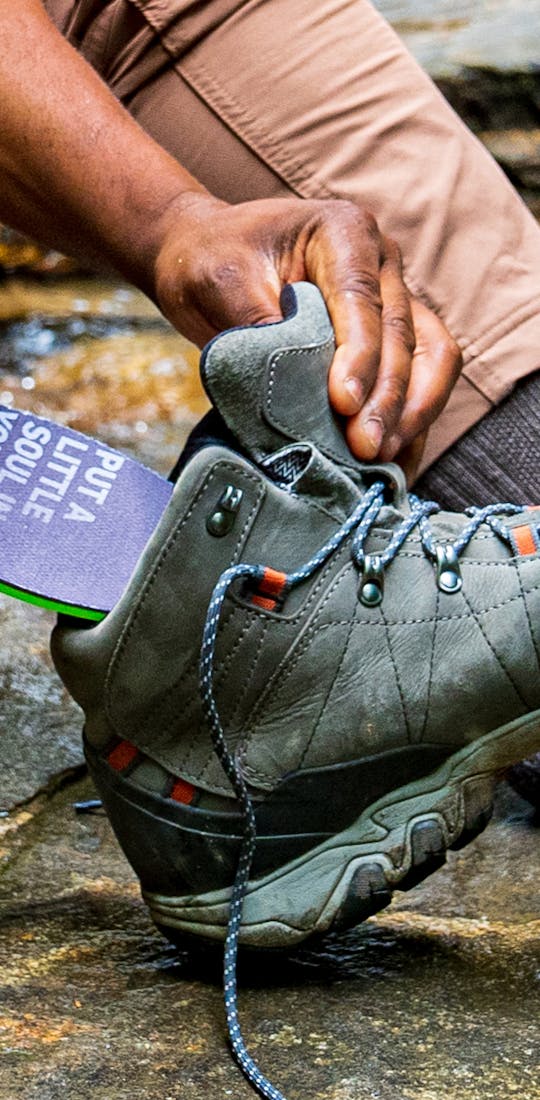Wait. Insoles can be replaced?
It’s not every day that we think about the condition of our insoles inside of our hiking footwear. However, after miles-upon-miles of time on trail, the foam can get compressed down and thinner in areas of the insole. Therefore, you won’t be getting those cushioning benefits that the footbed had originally.
Let’s start by covering the ins-and-outs of an O FIT Insole ®. This is our proprietary insole – included in almost every pair of Oboz Footwear* - and is what we’re known for. With support from our biomechanically engineered insoles, feet stay neutral for less friction and better fit. With proper arch support, your feet will be happy from mile one to the moment you crack open your after-hike drink.
The O FIT Insole ® is also designed to be removable so that it can be easily updated, alternated, or replaced with an orthotic, if prescribed by a medical professional.
And after lots of time of the trail, it may be time to refresh/replace your insole, altogether.
Here are some signs to be on the lookout for that may indicate it is time for an insole update:
- The insole is visibly compressed and won’t return to its original state when pressure is applied
- The ‘top cloth’ is starting to deteriorate
- There are rips, tears, or visible differences in between the two insoles
- The insoles are stinking up a tent...(we may be kidding - but - this could be in combination with an item listed above)
Trim-to-Fit
Our after-market Oboz Trail Insole styles are built to be trimmed-to-fit. This means that the insole you purchase can be trimmed down to perfectly match your current insole or length of the intended-use shoe. See more from Outreach and Education Specialist, Peter.
It’s out with the old and in with the new.
Keep that pep in your step and check out the full Obōz Insole collection.
*Exception: Whakatā Collection, built with a supportive footbed

